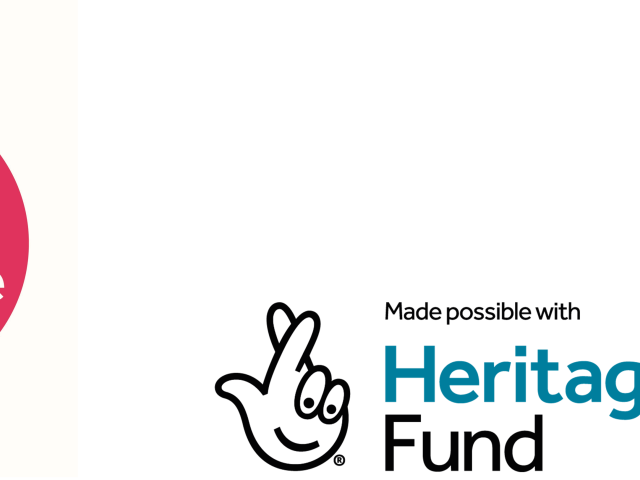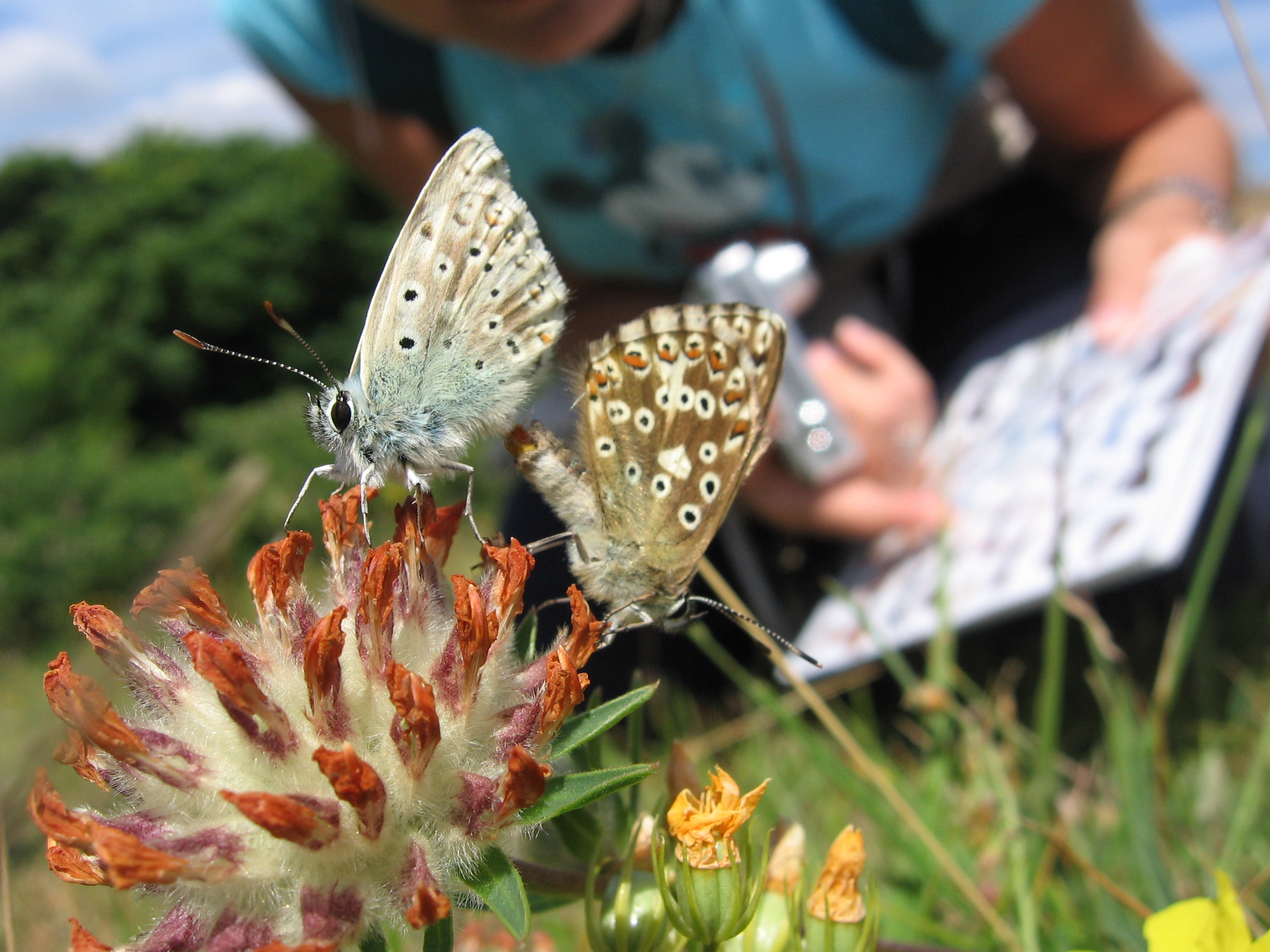At Butterfly Conservation, data is at the heart of the conservation decisions we make to protect butterflies and moths, and we believe good data is key to their future survival. That’s why we recently made over 46 million records of UK butterflies and moths publicly available online on the National Biodiversity Network’s data portal – the NBN Atlas.
As data custodians of the two UK-wide recording schemes for butterflies and moths – Butterflies for the New Millennium and the National Moth Recording Scheme – we want to maximise the impact that these incredible resources have for nature. And we know that the tens of thousands of people who participate in these schemes want the same thing.
The NBN Atlas is the UK’s largest repository of publicly available biodiversity data. The hosted datasets are available for anyone to view on interactive maps and download, according to the permissions of the providers.
By making our datasets publicly available on the NBN Atlas, we can more easily and quickly provide conservation organisations and researchers with data, helping to accelerate understanding of, and solutions to, the nature crisis. Policymakers can access the latest information they need to take action for butterflies and moths. It will help to raise awareness of what’s happening to our butterflies and moths in the UK, alert landowners and land managers to the presence of scarce species near them, and empower members of the public to take action in their local area.
The two datasets we have made available are derived from verified UK scheme databases. These are based on the original records we look after, from the earliest records in the seventeenth century up to 2019.
We believe in the motto record once, use many times. Every time someone sees a moth or butterfly this has potential to become a biological record. After being checked, the observation can join the millions of other records in the UK evidence base we manage.
The size of these new NBN Atlas datasets alone is testament to the collective passion and drive the UK’s recorders and verifiers have for studying and saving butterflies and moths. There are nearly 16 million butterfly records represented within the UK butterfly dataset that has been made available and nearly 31 million macro-moth records in the moth dataset. We couldn’t gather and use these data for Butterfly Conservation’s work without the incredible support of our recorders, and now their dedication will have an even bigger impact for nature across the UK.
Find out more about how you can get involved in monitoring and recording here.
Chloë Smith
Head of Biological Data, Butterfly Conservation
This 2023 upload to the NBN Atlas of the UK datasets was initiated by the Supporting Science project, which received DCMS and National Lottery funding, distributed by The Heritage Fund as part of their Digital Skills for Heritage initiative, and support from The Henry C. Hoare Charitable Trust, Sophia Webster Ltd., Sabina Sutherland Charitable Trust.


